Mad Max
Imagineer
- Joined
- May 19, 2020
- Member Number
- 325
- Messages
- 358
One thing I haven't talked about is the small but critical verification to ensure the timing is correct. Before confirming the timing, the engine/EFI ran 'pretty good' - sometimes a little curious nature to it and stumbling on acceleration etc, but I figured that would just sort itself out as it 'learned'...which was not an accurate assumption.
I was talking with the folks at EFI Systems Pro (who I bought the 2bbl Sniper system from), and Scott recommended I confirm the 'static timing', and I have to say that ever since doing that the engine is and has been running 'right'.
Bottom line is the engine was 15* advanced - I retarding the timing, confirmed the timing in the handheld ECU, and it has been running/feeling like an OE setup ever since.
I simply missed this step (checking static timing), but it is an 'essential step' once running.
Static timing check is pg. 45 of the 2bbl manual,
...and pg. 6 (steps 16 and 17) in the HyperSpark manual -
In the meantime, I am chipping away on all the small stuff to get the truck fully 'up'. The power steering is still getting hot so a bigger/better cooler is going in, shocks, bed mods, LOTS of small stuff, and so far it's going well. Assuming it's 'ready' I'm taking it down to Caballo Lake, New Mexico in October for a week-long off-road gig known as Chili Challenge where I'll play around with a bunch of other machines on some great trails. Tick tick tick...
I was talking with the folks at EFI Systems Pro (who I bought the 2bbl Sniper system from), and Scott recommended I confirm the 'static timing', and I have to say that ever since doing that the engine is and has been running 'right'.
Bottom line is the engine was 15* advanced - I retarding the timing, confirmed the timing in the handheld ECU, and it has been running/feeling like an OE setup ever since.
I simply missed this step (checking static timing), but it is an 'essential step' once running.
Static timing check is pg. 45 of the 2bbl manual,
...and pg. 6 (steps 16 and 17) in the HyperSpark manual -
In the meantime, I am chipping away on all the small stuff to get the truck fully 'up'. The power steering is still getting hot so a bigger/better cooler is going in, shocks, bed mods, LOTS of small stuff, and so far it's going well. Assuming it's 'ready' I'm taking it down to Caballo Lake, New Mexico in October for a week-long off-road gig known as Chili Challenge where I'll play around with a bunch of other machines on some great trails. Tick tick tick...
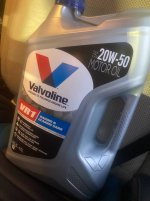
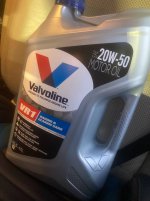
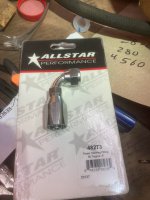
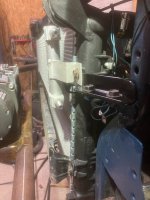
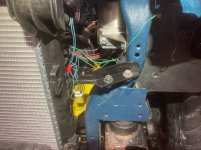

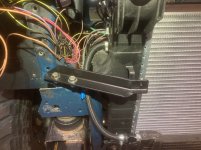
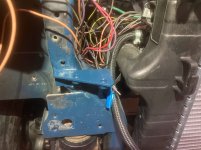

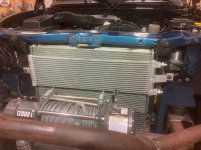

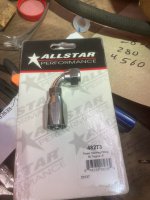
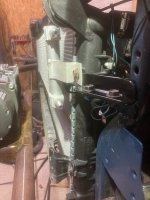

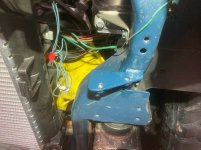
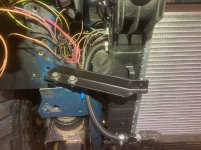
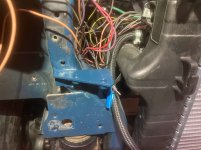

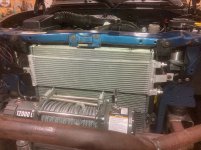
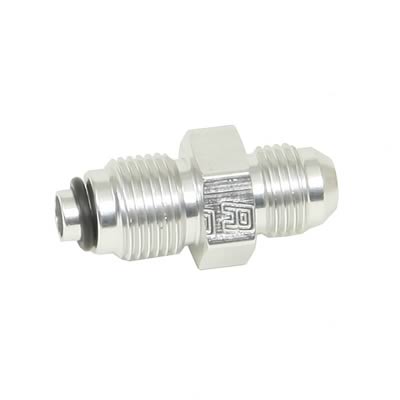



 .
.